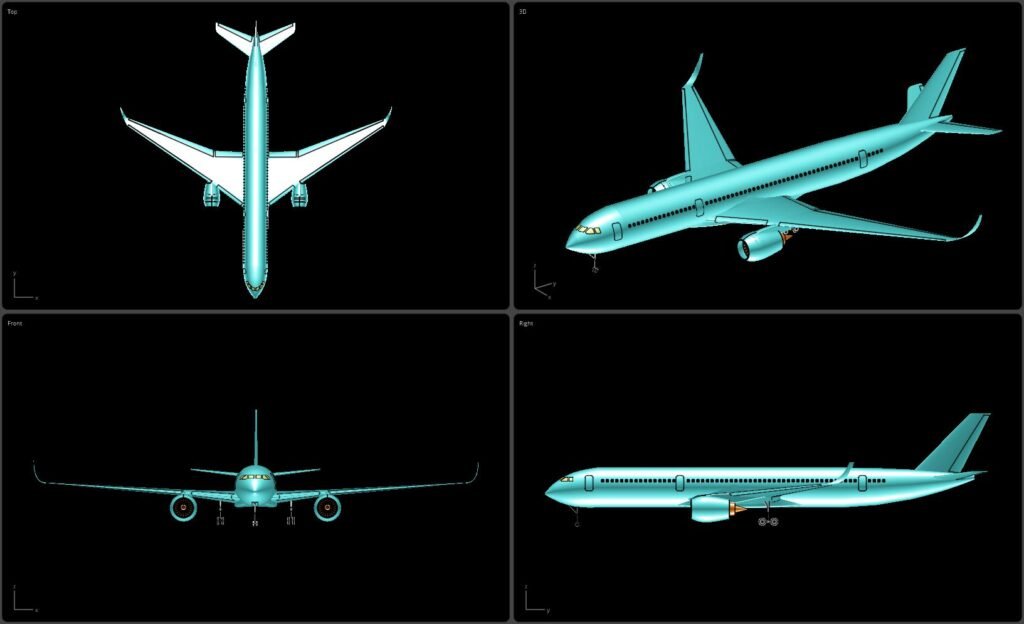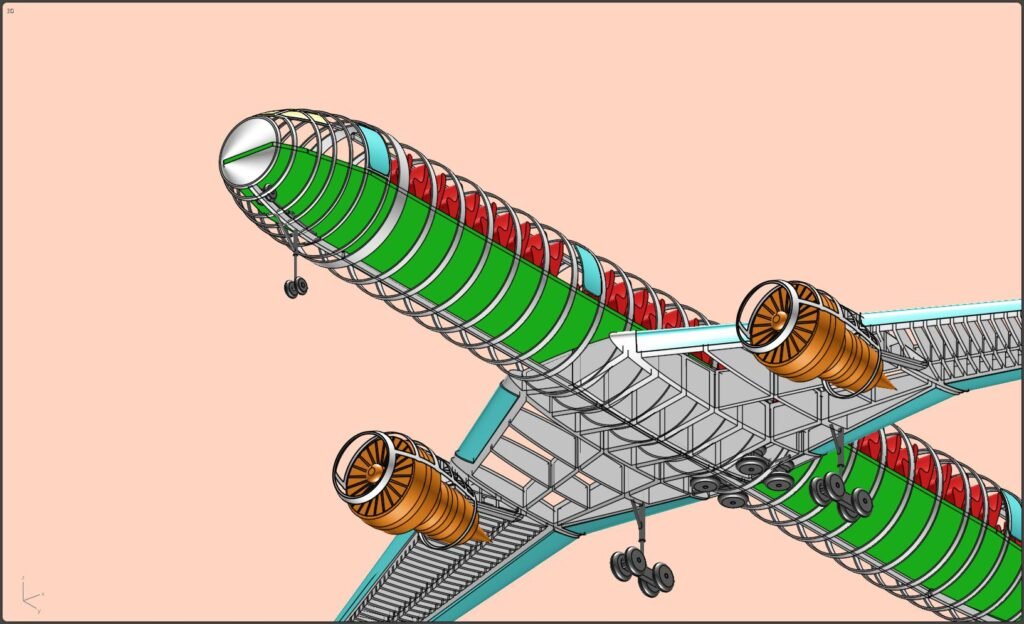
Introduction: In the realm of aviation, pushing the boundaries of speed and altitude is a constant pursuit. Airbus, a leader in aerospace engineering, embarked on a remarkable journey to test the capabilities of its wing design at top speeds in the stratosphere. This case study delves into the intricacies of this endeavor, exploring the challenges faced, innovative solutions devised, and the underlying mathematical derivation that supports the wing’s performance.
Setting the Stage: The stratosphere, with its thin air and extreme conditions, presents a formidable challenge for aircraft design and operation. Airbus recognized the importance of optimizing its wing design to ensure efficient performance in such environments. Thus, the focus of this case study lies in understanding how Airbus tackled the complexities of high-altitude, high-speed flight.
Challenges Encountered:

- Aerodynamic Efficiency: Achieving optimal aerodynamic efficiency in thin air is paramount for sustaining flight at high speeds in the stratosphere.
- Structural Integrity: The wing must withstand immense aerodynamic forces while maintaining lightweight construction to maximize efficiency.
- Thermal Management: Extreme temperature variations in the stratosphere necessitate effective thermal regulation to prevent structural damage and maintain performance.
Innovative Solutions:

- Advanced Wing Design: Airbus engineers employed sophisticated computational fluid dynamics (CFD) simulations and wind tunnel tests to refine the wing’s shape for high-altitude performance. This involved optimizing airfoil profiles and wingtip devices to enhance lift and minimize drag.
- Composite Materials: Utilizing lightweight yet robust composite materials, Airbus ensured the wing’s structural integrity without compromising on weight. These materials offer superior strength-to-weight ratios, essential for withstanding high-speed flight conditions.
- Thermal Control Systems: Integrated thermal management systems were implemented to regulate the wing’s temperature, mitigating the effects of extreme heat and cold encountered in the stratosphere.
Derivation of Performance Equation: To quantify the performance of Airbus’s wing design, a comprehensive equation can be derived, considering the key factors influencing its operation:
Performance= L/D×Structural Integrity×Thermal Management
Where:
- L/D represents the lift-to-drag ratio, indicating the wing’s aerodynamic efficiency.
- “Structural Integrity” encompasses the material properties and design features ensuring the wing’s strength and durability.
- “Thermal Management” denotes the effectiveness of systems maintaining the wing’s temperature within operational limits.
Implications and Future Prospects: The successful deployment of Airbus’s wing design in the stratosphere underscores the importance of continuous innovation in aerospace engineering. This case study not only expands our understanding of high-altitude flight but also paves the way for future advancements in aircraft design and performance.
Conclusion: Airbus’s endeavor to test its wing design at top speeds in the stratosphere exemplifies the spirit of innovation driving the aerospace industry forward. Through meticulous engineering and mathematical derivation, Airbus has demonstrated the feasibility of achieving efficient, high-speed flight in extreme environments. As we look to the future, the lessons learned from this case study will undoubtedly shape the trajectory of aviation innovation, ushering in a new era of faster, more efficient air travel.
For more insights you can watch this video on our YouTube Channel.
